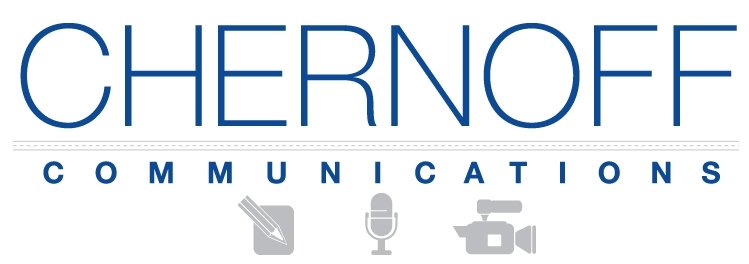Recommendations on how to dress for television appearances typically discuss patterns and color. But what’s far more important is what you wear on the inside. To look good on TV you need to feel good. So, rule number one is to wear clothing that adds to your confidence.
The pandemic has accelerated our society’s shift towards casual dress, especially when the office is at home. So it is more acceptable than ever to simply wear a nice button-up shirt or blouse to appear on camera. Whether you dress casually or more formally will depend largely upon your industry, position, and the level of authority you wish to project. Today, it’s almost the norm for tech executives to wear dark shirts and jeans. That won’t work for the chief executive of a bank. In fact, business suits remain appropriate for most male and female leaders.
Rule number two is to avoid distractions that can draw attention away from what you’re saying. For women that means no dangling earrings, bangle bracelets that can make unwanted noise, or other large jewelry that may attract attention. Keep any jewelry basic and simple. Unless you’re an actress or model trying to show off your legs, short skirts or dresses are out. The last thing you want to do is to be tugging on your hem when you need to focus on your answers. Hair also should not be a distraction: keep it neat and off your face. If you are being interviewed outdoors where the wind could suddenly pick up, tie your hair back.
Give some consideration too, to the weight of your clothing, especially if you are appearing in the studio. Television studio lights can be extremely bright. The heat they generate often outmatches air conditioning systems, so even in the winter don’t wear anything too heavy or you risk the danger of sweating at a moment when you need to stay cool. And, in case you do feel sweat coming on just before your appearance, have a powder puff ready because the studio makeup artists may not come to your rescue.
Now, on to some conventional style guidelines. Solids are safe, as are broad patterns. Tight patterns, however, can go rogue on camera, particularly stripes. When stripes are close together they can easily appear as snakes shimmering in a moire´ pattern, which can be very distracting to the viewer.
Blue is always a good color for television, but generally speaking you can wear what looks best, with a few caveats, especially for ladies. Touches of white are fine, but a white outfit will not show well in a brightly lit studio. Black dresses can lose their definition, and very bright red can appear to bleed on camera.
Tie or no tie for the men? While we’d be surprised to see a tech executive wearing a tie these days, ties are still perfectly appropriate for male professionals in most other industries; indeed, they’re perfect for hiding lavalier microphone wires. For women, a jacket is best for clipping a mike and hiding the cord. It also avoids the awkwardness of having a studio hand asking you to pull the microphone up underneath your dress—not the most comfortable position to be in moments before a live TV interview.
Remember, your attire should enhance the self-confidence you’ll want to bring to any TV or video appearance. So keep rule number one in mind: if you have a favorite outfit that makes you feel great, then wear it.
